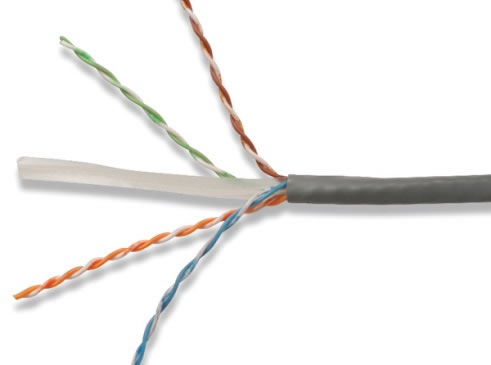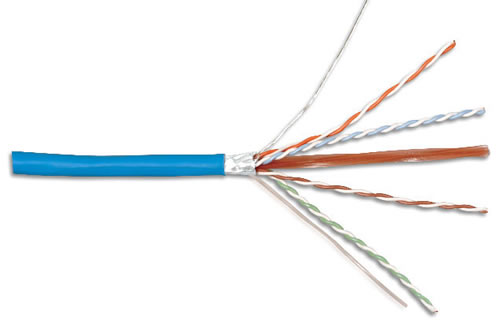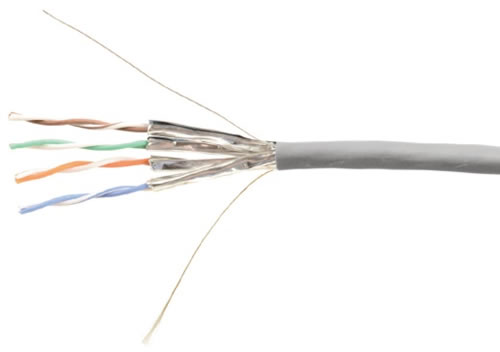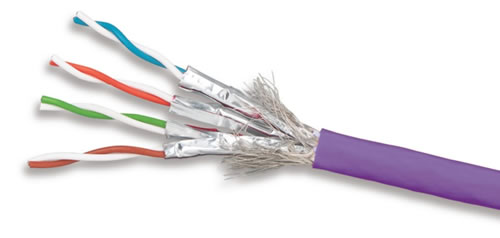Common Cable Construction
Filed under: Enterprise LANs, General
Comments: Comments Off on Common Cable Construction
Data has become the most valuable corporate asset. How to effectively transmit, store, access, protect and manage critical data is a challenge Siemon has conquered. For more than 112 years, we’ve remained focused on quality, service, innovation and value; providing our customers a connection they can count on.
Ranging from 10 Mbps to 100 Gbps, Siemon has the copper and fiber solutions to support all of today’s standard-based application speeds. Our broad range of cable jacket types and construction support installation in a wide variety of environments, including high flex cycling of robotics to noisy EMI of high voltage motors.
Before implementing, it is important to understand the most common cable construction types and their applications. Siemon’s preferred cable terminology is outlined below and is based on IEC 61156-5: Multicore and symmetrical pair/quad cables for digital communications.
The standard abbreviations are as follows:
U = Unshielded
F = Foil shielded
S = Braided shield
TP = Twisted pair
U/UTP: Often referred to as simply UTP cable, this is the most common unshielded balanced twisted-pair cable. UTP cable constructions feature unshielded twisted-pairs enclosed within an overall thermoplastic jacket.
F/UTP: F/UTP cable constructions feature unshielded balanced twisted-pairs surrounded by an overall conductive mylar-backed aluminum foil shield and enclosed within an overall thermoplastic jacket. The foil shield protects the cable from external EMI and alien crosstalk. The category 6A/Class E variety of this cable type is commonly used in 10GBASE-T applications requiring additional headroom.
U/FTP: Category 6A/Class EA versions of this cable are commonly used in 10GBASE-T applications. This cable is constructed with no overall shielding or braiding, but each twisted-pair is foil screened.
S/FTP: This cabling type used primariy for category 7A/Class FA features individually foil-shielded twisted-pairs surrounded by an overall braid and enclosed within an overall thermoplastic jacket. Commonly used throughout much of Europe, this type of cable construction is the highest performing cable that significantly limits the amount of crosstalk between pairs and offers the greatest protection against EMI and external noise sources. Due to the pair-to-pair isolation of this cable, it lends itself well to cable sharing which is a practice of sharing one 4-pair cable to support multiple lower speed 1 and 2-pair applications.




